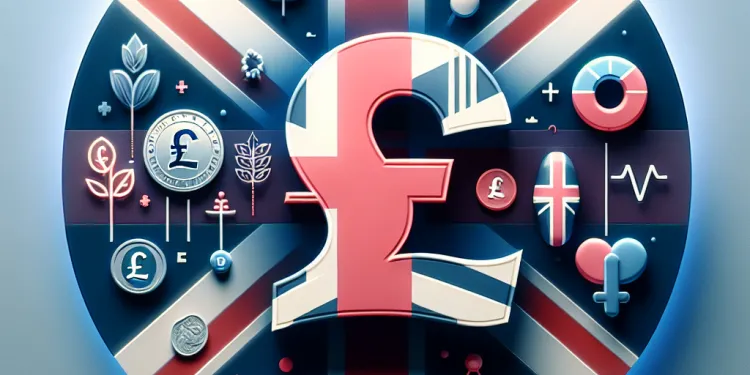
Find Help
More Items From Ergsy search
-

What is testicular cancer?
Relevance: 100%
-

What is testicular cancer?
Relevance: 99%
-

What is testicular cancer?
Relevance: 99%
-
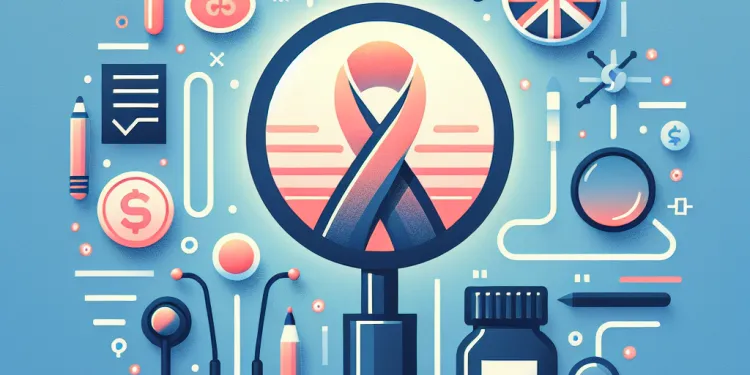
Is testicular cancer treatable?
Relevance: 98%
-
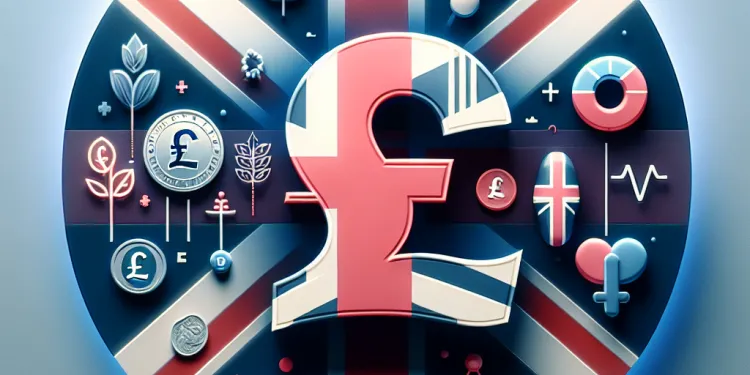
How common is testicular cancer?
Relevance: 96%
-
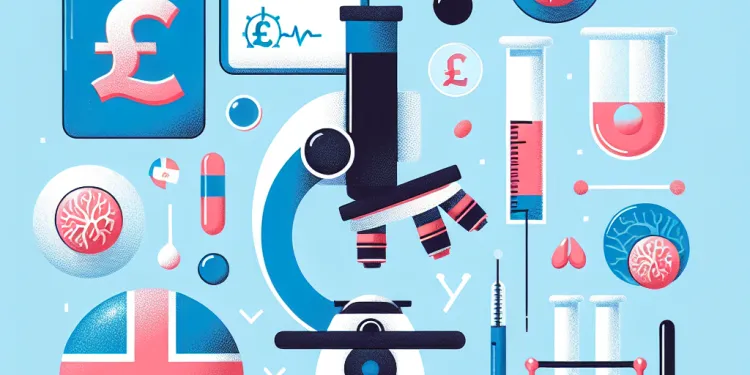
What causes testicular cancer?
Relevance: 96%
-

Who is at risk for testicular cancer?
Relevance: 95%
-
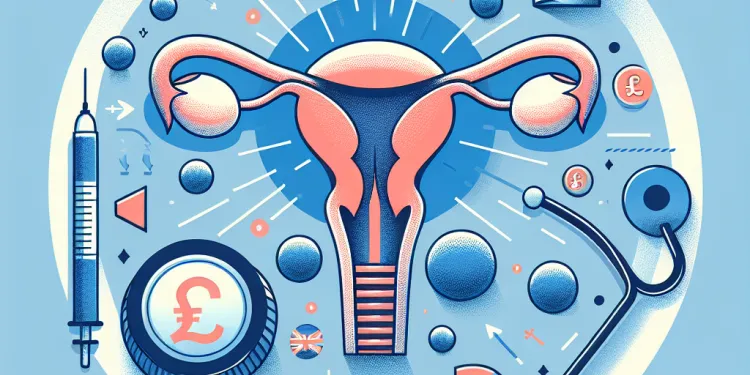
What are the symptoms of testicular cancer?
Relevance: 94%
-

What are the stages of testicular cancer?
Relevance: 94%
-
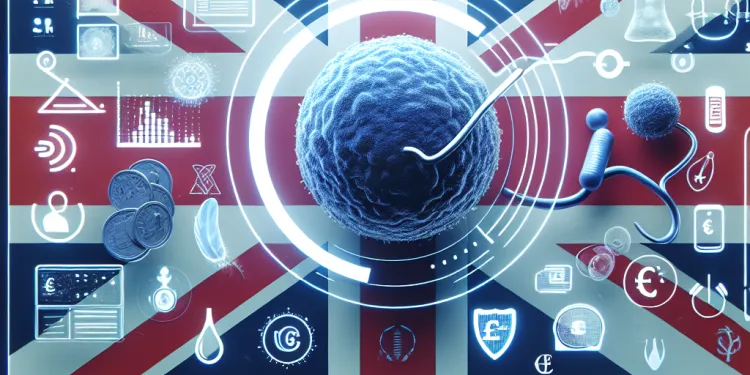
How is testicular cancer diagnosed?
Relevance: 93%
-
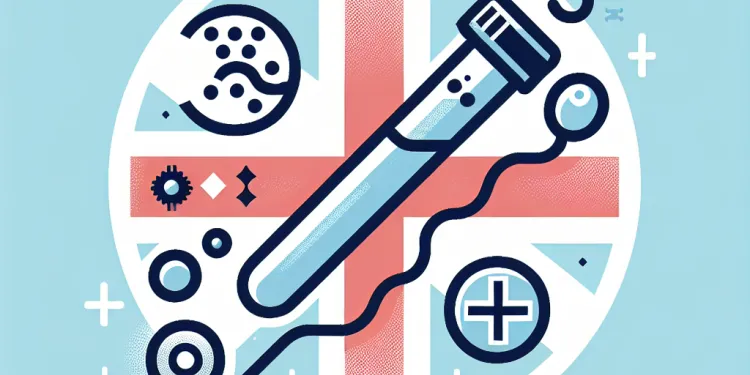
Is fertility affected by testicular cancer?
Relevance: 92%
-

What is the survival rate for testicular cancer?
Relevance: 92%
-
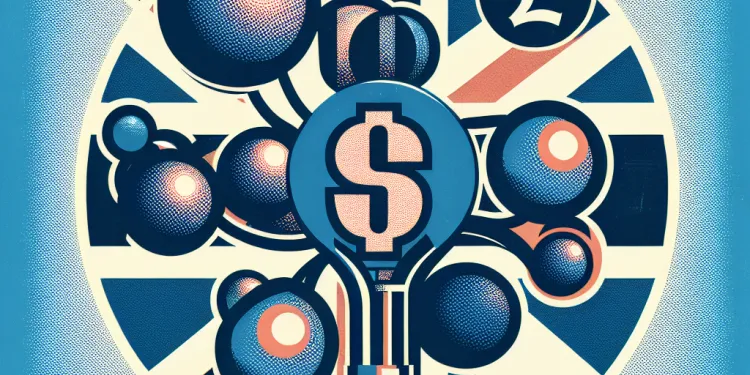
What types of treatments are available for testicular cancer?
Relevance: 89%
-

Are there support groups for those affected by testicular cancer?
Relevance: 87%
-

Can testicular cancer recur after treatment?
Relevance: 87%
-

Can testicular cancer spread to other parts of the body?
Relevance: 87%
-
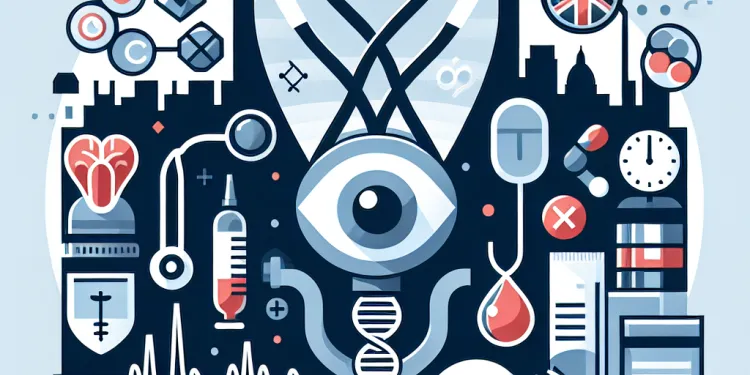
What role do tumor markers play in testicular cancer?
Relevance: 84%
-

Can lifestyle changes help prevent testicular cancer?
Relevance: 84%
-
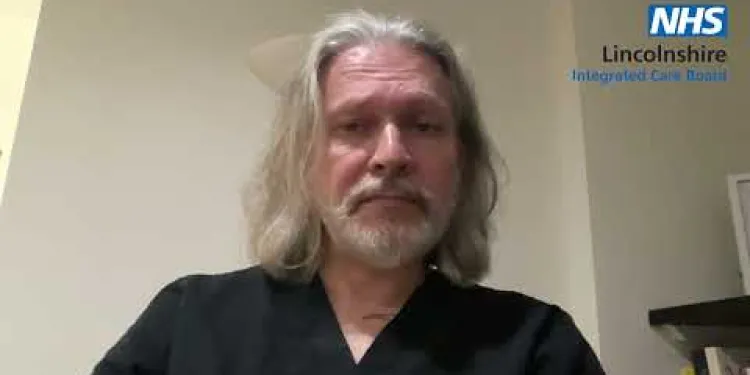
Getting to know your Testicles: Testicular Cancer Awareness with Dr James Howarth, Spilsby Surgery
Relevance: 79%
-

How can I perform a testicular self-exam?
Relevance: 65%
-

When should I see a doctor about potential testicular cancer?
Relevance: 58%
-
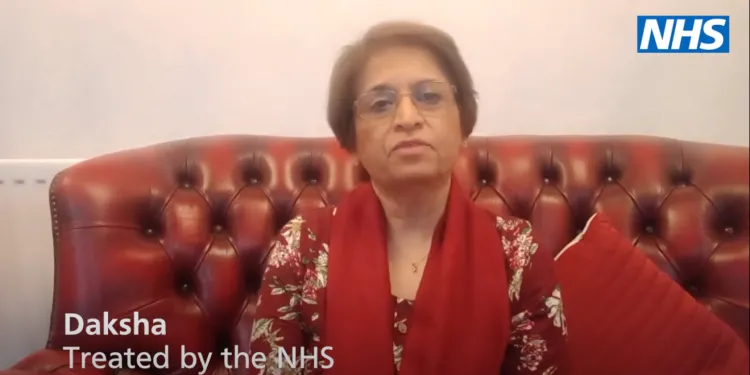
What is Cancer?
Relevance: 38%
-
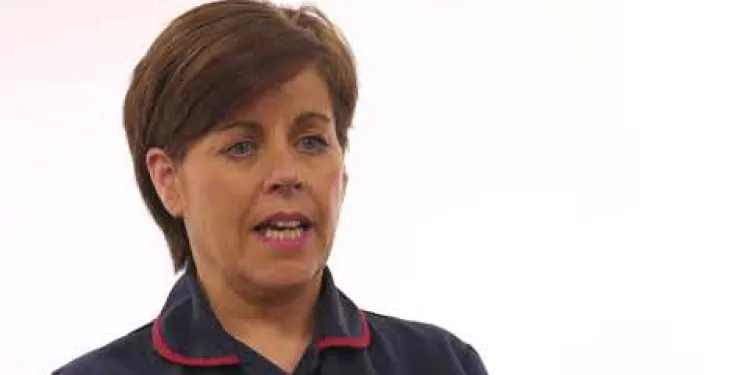
Ovarian Cancer
Relevance: 38%
-
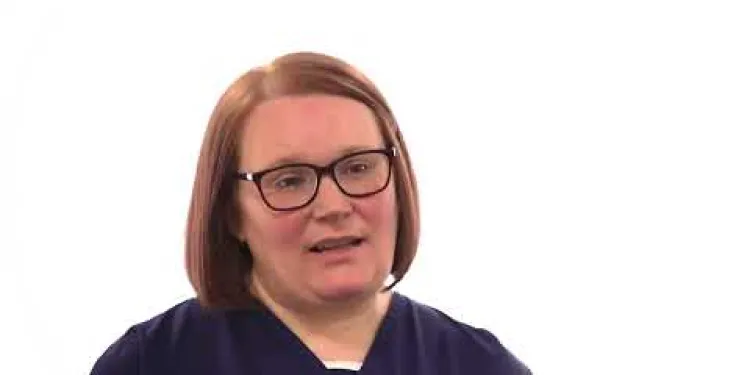
Vaginal Cancer
Relevance: 38%
-
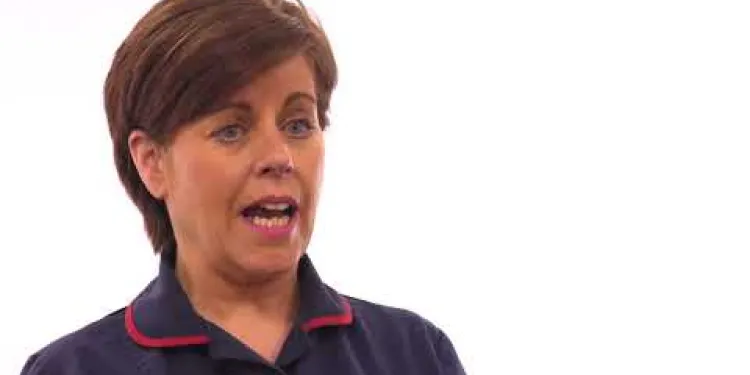
Endometrial Cancer
Relevance: 38%
-
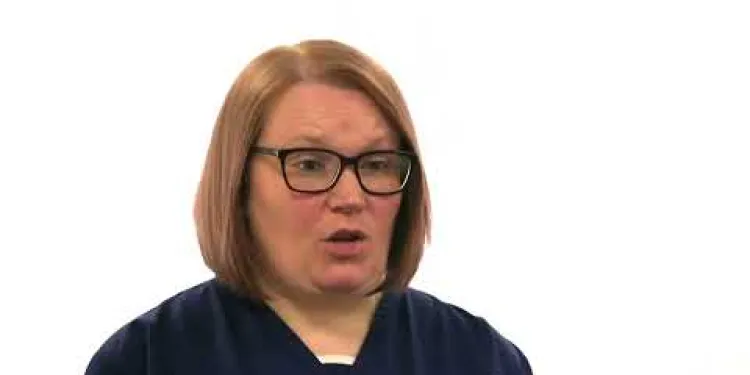
Vulval Cancer
Relevance: 38%
-
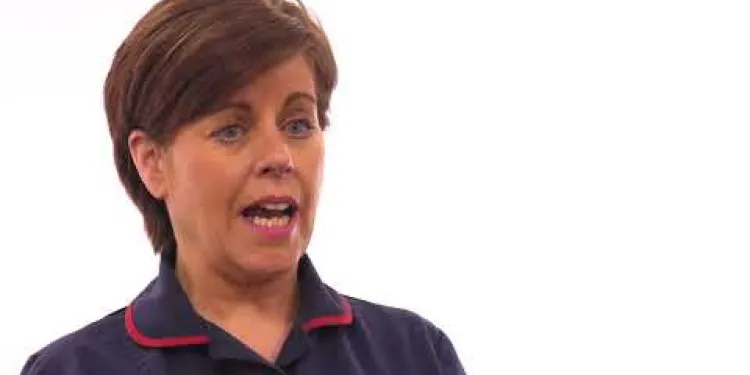
Endometrial Cancer
Relevance: 38%
-
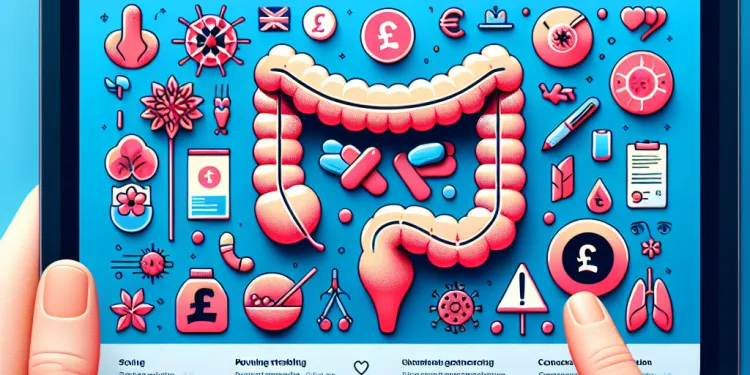
What are the risk factors for bowel cancer?
Relevance: 38%
-
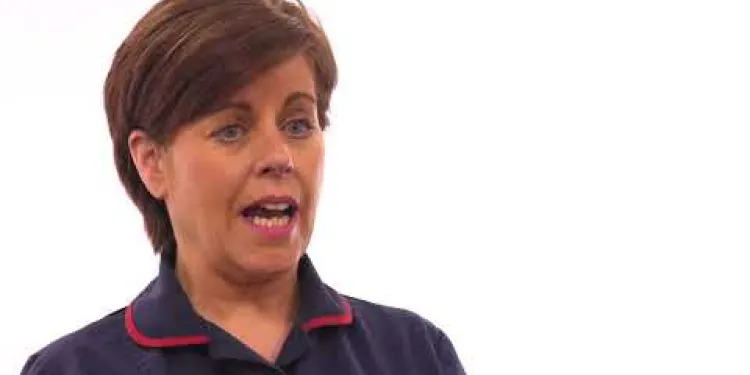
Endometrial Cancer
Relevance: 38%
-
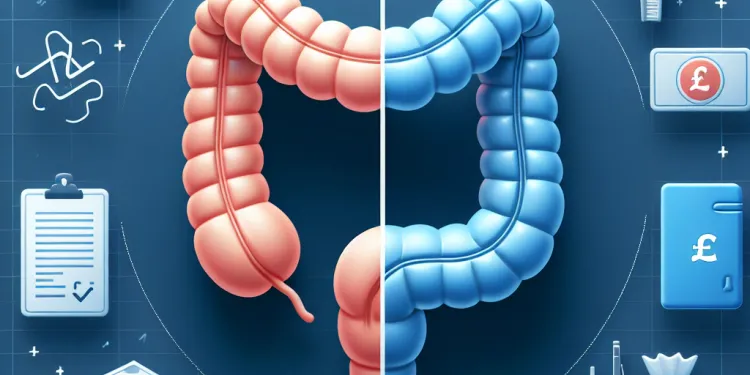
What is the difference between colon cancer and rectal cancer?
Relevance: 37%
-

What is cancer screening?
Relevance: 36%
-
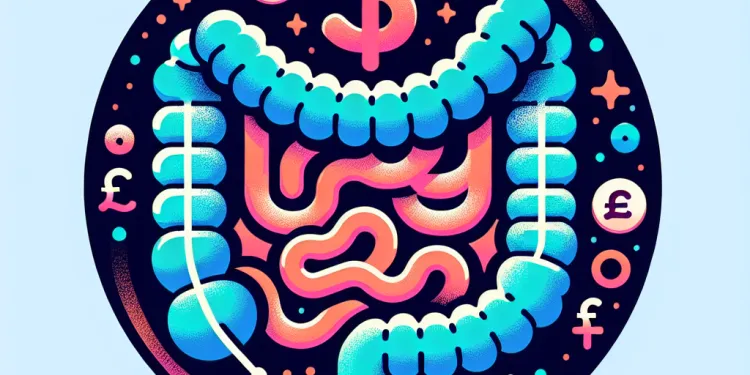
What is colorectal cancer?
Relevance: 36%
-

What is Bowel Cancer?
Relevance: 36%
-
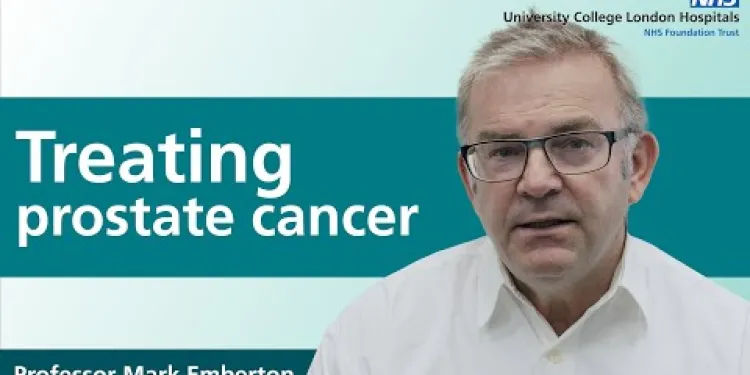
Treating prostate cancer
Relevance: 36%
-
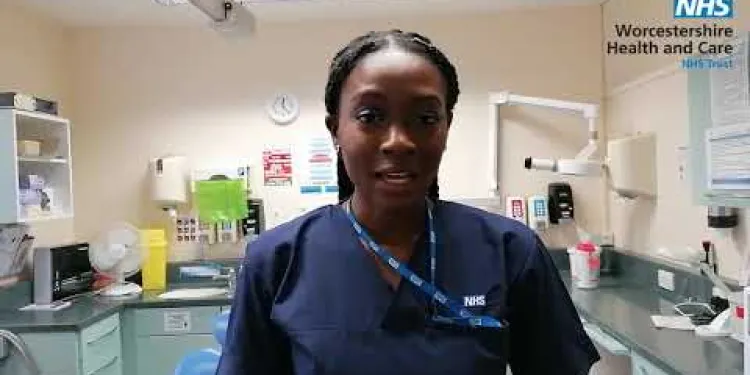
Mouth Cancer Awareness
Relevance: 36%
-

What is Prostate Cancer?
Relevance: 36%
-
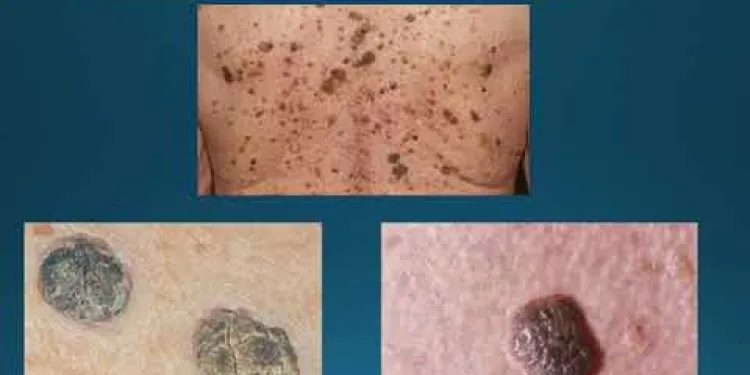
Skin cancer education
Relevance: 36%
-
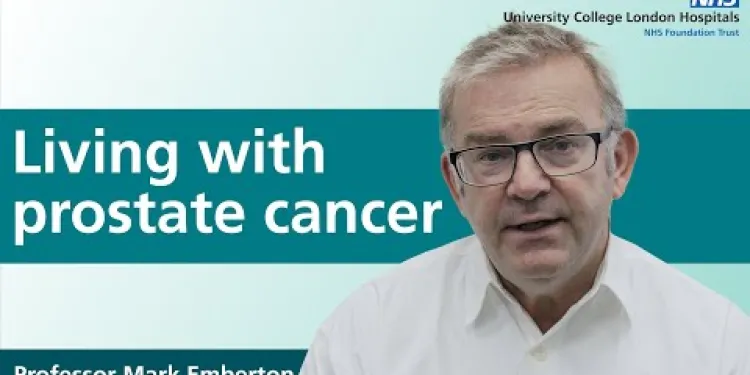
Living with prostate cancer
Relevance: 36%
-
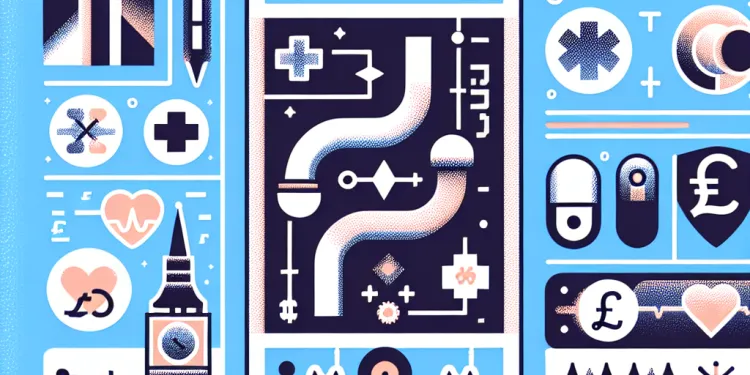
What is Pancreatic Cancer?
Relevance: 36%
-
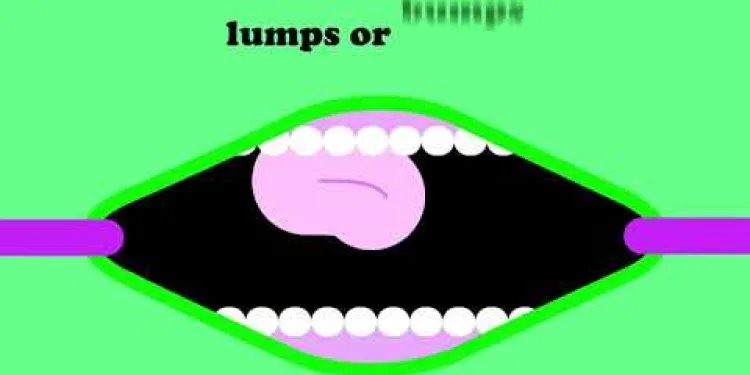
Mouth Cancer Infomercial
Relevance: 36%
Understanding Testicular Cancer Prevalence in the UK
Testicular cancer, although rare compared to other cancers, remains the most common cancer in young men aged 15 to 49 in the UK. While it is considerably less common than many other forms of cancer, its impact on younger men makes it a significant health concern. In the UK, around 2,400 men are diagnosed with testicular cancer each year, accounting for about 1% of all male cancers.
Factors Influencing Testicular Cancer Rates
Several factors can influence the rates of testicular cancer, including genetic, environmental, and lifestyle components. Men with a family history of the disease have an increased risk. Additionally, factors like undescended testicles or previous testicular cancer can elevate the risk. Despite this, the exact cause of testicular cancer remains largely unknown.
Trends and Demographics
The incidence of testicular cancer in the UK has been rising over the past few decades. This increase is partly due to better awareness and improved detection methods. It is most frequently diagnosed in younger men, particularly those between the ages of 15 and 35, though it can occur at any age. Unlike many other cancers, testicular cancer is more prevalent in white men compared to men of Asian, African, or Caribbean descent.
Survival Rates and Prognosis
Testicular cancer, although serious, has a high treatment success rate. The prognosis for testicular cancer in the UK is excellent compared to other types of cancers. The five-year survival rate for testicular cancer exceeds 95%, mainly due to advancements in treatment and early detection. Most men with testicular cancer can expect to be successfully treated and to maintain a high quality of life after treatment.
Importance of Early Detection
Recognizing the early signs of testicular cancer significantly enhances the chances of successful treatment. Symptoms may include a lump or swelling in the testicle, a feeling of heaviness in the scrotum, or a dull ache in the lower abdomen or groin. Regular self-examinations and prompt reporting of any changes to a healthcare professional are crucial for early detection and effective treatment.
Conclusion
While not excessively common, testicular cancer remains a critical health issue for young men in the UK. Awareness and education about the signs and risks are vital for early detection and successful treatment. Men in the UK should be encouraged to perform regular self-examinations and consult their healthcare providers with any concerns, as early intervention is key to a positive outcome. Through continued research and public health initiatives, the aim is to reduce the incidence and improve the prognosis of testicular cancer even further.
Understanding Testicular Cancer in the UK
Testicular cancer is not very common, but it is the most common cancer for young men aged 15 to 49 in the UK. Around 2,400 men in the UK get this cancer each year. It makes up about 1% of all cancers in men.
What Affects Testicular Cancer Rates?
Many things can affect testicular cancer rates. These include genes, the environment, and how you live. Men with family members who had testicular cancer might have a higher chance of getting it. Having undescended testicles or having had testicular cancer before also raises the risk. The exact cause is still unknown.
Trends and Who It Affects
The number of testicular cancer cases in the UK has been going up over the years. This is because people are more aware and doctors are better at finding it. It mostly happens to younger men aged 15 to 35, but it can happen at any age. It is more common in white men than in men of Asian, African, or Caribbean origin.
How Likely is Recovery?
Even though testicular cancer is serious, most men get better after treatment. The chance of living five years or more after treatment is over 95%. This is because treatments and finding the cancer early have gotten much better.
Why Finding It Early Helps
Finding testicular cancer early makes it easier to treat. Signs can include a lump or swelling in the testicle, feeling heavy in the scrotum, or a dull ache in the belly or groin. Men should check themselves regularly and see a doctor if they notice any changes.
Conclusion
Testicular cancer is not very common, but it is important for young men in the UK. Knowing the signs and risks helps find it early and treat it well. Men should check themselves often and talk to a doctor if they have worries. Early action leads to better results. With more research and health programs, we hope to lower the number of cases and make treatment even better.
Frequently Asked Questions
How common is testicular cancer?
Testicular cancer is relatively rare, accounting for about 1% of all cancers in men, but it is the most common cancer in young men aged 15 to 35.
At what age is testicular cancer most common?
Testicular cancer is most common in young men aged 15 to 35, but it can occur at any age.
Is testicular cancer more common in certain ethnic groups?
Yes, testicular cancer is more common in White men compared to Black or Asian men.
How many cases of testicular cancer are diagnosed each year?
In the United States, about 9,500 new cases of testicular cancer are diagnosed each year.
What is the lifetime risk of developing testicular cancer?
The lifetime risk of a man developing testicular cancer is about 1 in 250.
Is testicular cancer more common in developed countries?
Yes, testicular cancer is generally more common in developed countries.
Has the incidence of testicular cancer been increasing?
The incidence of testicular cancer has been increasing over the past few decades, particularly in developed countries.
Are there any genetic factors that increase the risk of testicular cancer?
Yes, having a family history of testicular cancer can increase the risk. Also, certain genetic conditions, such as Klinefelter syndrome, may be associated with an increased risk.
Is testicular cancer common in children?
Testicular cancer is rare in children. It is most common in adolescents and young adults.
How does the prevalence of testicular cancer compare to other cancers?
Testicular cancer is much less common compared to other cancers like prostate, lung, or breast cancer.
Is testicular cancer more common in one testicle than the other?
There is no significant difference in the occurrence of testicular cancer in the left versus the right testicle.
Are cases of testicular cancer symmetric among men worldwide?
No, the prevalence of testicular cancer varies geographically, being more common in certain regions.
What is the survival rate for testicular cancer?
Testicular cancer has a high survival rate if detected early, with a 5-year survival rate over 95%.
Are there any lifestyle factors that affect the risk of testicular cancer?
The risk factors for testicular cancer are not well understood, but lifestyle does not appear to play a significant role.
How common is testicular cancer recurrence after treatment?
Recurrence is possible but less common, and regular follow-up is important for early detection.
Is testicular cancer hereditary?
There can be a hereditary component, as having a family member with testicular cancer slightly increases risk.
What are the common symptoms of testicular cancer?
Common symptoms include a lump or swelling in the testicle, pain, or discomfort in the scrotum.
Does having undescended testicles affect the risk of testicular cancer?
Yes, men with a history of undescended testicles have a higher risk of developing testicular cancer.
Is testicular cancer more common in any particular climate?
There is no conclusive evidence linking climate directly to the incidence of testicular cancer.
Can testicular cancer occur in both testicles simultaneously?
It is rare, but possible, for testicular cancer to occur in both testicles, either simultaneously or at different times.
How often do people get testicular cancer?
Testicular cancer is not very common. It is only 1 out of every 100 cancers that men get. But it is the cancer that happens most often in young men between 15 and 35 years old.
What age do boys and men usually get testicular cancer?
Testicular cancer is most common in young and middle-aged men, especially those aged 15 to 35.
Here are some tools and tips to help understand:
- Talk to a doctor if you're worried.
- Read simple health guides.
- Watch educational videos.
Testicular cancer mostly happens in young men. This is usually between the ages of 15 and 35. But it can happen to men of any age.
Do some groups of people get testicular cancer more often?
Yes, testicular cancer happens more often in White men than in Black or Asian men.
How many men get testicular cancer every year?
Testicular cancer is a type of cancer that starts in a man's testicles.
Here is the answer in easy words:
- Many men find out they have testicular cancer every year.
- It is important for men to check their testicles regularly to notice any changes.
- If they find something unusual, they should see a doctor.
Support tools that can help:
- Use a calendar to mark a day each month to check for changes.
- Apps or phone reminders can help remember to do a self-check.
- Ask a friend or family member for support if you feel worried.
In the United States, about 9,500 men get testicular cancer every year.
How likely is it to get testicular cancer in your life?
A man has a chance of getting testicular cancer that is 1 in 250.
Do more people in rich countries get testicular cancer?
Yes, men in countries with more money and resources get testicular cancer more often.
Is testicular cancer happening more often?
More and more people are getting testicular cancer. This is happening mostly in countries that are well-off.
Can genes make it more likely to get testicular cancer?
Some people have genes that can make it easier to get testicular cancer. This means it might run in families. If someone in your family had it, talk to a doctor.
To learn more, you can:
- Ask your doctor for help.
- Read a simple book about cancer.
- Use learning tools like videos or pictures.
Yes, if someone in your family had testicular cancer, you might have a higher chance of getting it too. Some health conditions, like Klinefelter syndrome, might also make the chances higher.
Do kids often get testicular cancer?
Testicular cancer is not common in children. It happens more often in teenagers and young adults. If you find anything unusual, like a lump, tell a trusted adult. They can help you see a doctor. Doctors can do tests to find out what is wrong. Remember to talk about how you feel. It's okay to ask questions.
How often do people get testicular cancer compared to other cancers?
Testicular cancer means cancer in the testicles. Testicles are the part of the body where some hormones and sperm are made.
Let's see how common testicular cancer is when we look at other types of cancer:
- Testicular cancer is less common than cancers like lung cancer or breast cancer.
- It mostly happens in younger men, usually between ages 15 and 35.
- It's important to have regular check-ups to find it early.
If you are worried about cancer, talk to a doctor. They can help and answer your questions.
Here are some tips if you find it hard to read:
- Use a ruler or your finger to help follow each line.
- Read with a friend or family member and talk about what you read together.
- Listen to the text if you have a speech-to-text tool.
Testicular cancer does not happen as often as other cancers. These other cancers are prostate, lung, or breast cancer.
Does testicular cancer happen more in one testicle?
Testicular cancer is a sickness in the testicles. Boys and men have two testicles. Sometimes, testicular cancer happens more in one testicle than the other, but it can happen in either one.
If you're worried about testicular cancer, talk to a doctor. They can help you. It is also important to check your testicles regularly to notice any changes.
Use simple pictures or videos to understand better. You can also ask someone you trust to explain things to you.
Testicular cancer happens about the same amount in both the left and right testicles.
Is testicular cancer the same for men everywhere in the world?
Testicular cancer is a kind of cancer that happens in men's testicles.
"Symmetric" means the same on both sides.
This question asks if men from different parts of the world get testicular cancer in the same way.
To learn more about testicular cancer, you can:
- Look at pictures or charts.
- Watch simple videos about testicular cancer.
- Ask a trusted adult or health expert to explain.
No, testicular cancer happens more often in some places than others.
How many people get better from testicular cancer?
Testicular cancer is a type of cancer that happens in the testicles.
Most people who have this cancer get better. Doctors say that about 95 out of 100 people get better after treatment.
It is important to see a doctor if you think something is wrong. They can help you get the right treatment.
Some tools that can help you understand more are talking to a parent, teacher, or using a simple health book or website.
If doctors find testicular cancer early, most people get better. Over 95 out of 100 people live at least 5 years after finding out they have it.
Do things you do every day change the chance of getting testicular cancer?
We don't really know what makes someone more likely to get testicular cancer. How you live your life doesn't seem to change the risk much.
How often does testicular cancer come back after treatment?
It can happen again, but it does not happen often. Seeing the doctor regularly helps to find any problems early.
Can you get testicular cancer from your family?
You might wonder if testicular cancer runs in families. This means if it can pass from parent to child.
Some people with family members who had testicular cancer might get it too. But most people who have testicular cancer do not have a family history.
It is important to talk with a doctor. They can help you understand your risks.
If you want to learn more, you can:
- Read simple books about health.
- Ask someone to explain it to you.
- Use pictures or videos to help you understand.
If someone in your family had testicular cancer, you might have a higher chance of getting it too.
What signs show testicular cancer?
Here are some signs of testicular cancer:
- A lump or swelling in a testicle.
- Feeling heavy in the scrotum.
- A pain in the testicle or scrotum.
- A change in size of a testicle.
- Dull ache in the lower belly or groin.
If you notice these signs, tell a grown-up or a doctor. They can help you check.
Use tools like picture cards to understand better. Talking with someone you trust can also help.
Signs to look out for can be a bump or swelling in the testicle. You might also feel pain or discomfort in the scrotum.
Can having testicles that don't drop down cause testicular cancer?
Sometimes, a boy's testicles don't move down to the right place in his body. This can be a problem.
If this happens, ask a doctor for help. The doctor can check the boy and tell you what to do.
Some people say having testicles that don’t drop might lead to a disease called cancer. It's important to talk to a doctor to learn more.
If you need extra help, you can:
- Ask someone you trust to read with you.
- Use tools like read-aloud apps.
Yes, boys and men who had testicles that didn't move down normally as babies might have a bigger chance of getting testicular cancer later.
Does where you live affect if you get testicular cancer?
Scientists have not found a clear link between the weather and testicular cancer.
Can you get cancer in both testicles at the same time?
It is not common, but testicular cancer can happen in both testicles. This can happen either at the same time or at different times.
Useful Links
- Ergsy carfully checks the information in the videos we provide here.
- Videos shown by Youtube after a video has completed, have NOT been reviewed by ERGSY.
- To view, click the arrow in centre of video.
- Most of the videos you find here will have subtitles and/or closed captions available.
- You may need to turn these on, and choose your preferred language.
- Go to the video you'd like to watch.
- If closed captions (CC) are available, settings will be visible on the bottom right of the video player.
- To turn on Captions, click settings .
- To turn off Captions, click settings again.
More Items From Ergsy search
-

What is testicular cancer?
Relevance: 100%
-

What is testicular cancer?
Relevance: 99%
-

What is testicular cancer?
Relevance: 99%
-

Is testicular cancer treatable?
Relevance: 98%
-

How common is testicular cancer?
Relevance: 96%
-

What causes testicular cancer?
Relevance: 96%
-

Who is at risk for testicular cancer?
Relevance: 95%
-

What are the symptoms of testicular cancer?
Relevance: 94%
-

What are the stages of testicular cancer?
Relevance: 94%
-

How is testicular cancer diagnosed?
Relevance: 93%
-

Is fertility affected by testicular cancer?
Relevance: 92%
-

What is the survival rate for testicular cancer?
Relevance: 92%
-

What types of treatments are available for testicular cancer?
Relevance: 89%
-

Are there support groups for those affected by testicular cancer?
Relevance: 87%
-

Can testicular cancer recur after treatment?
Relevance: 87%
-

Can testicular cancer spread to other parts of the body?
Relevance: 87%
-

What role do tumor markers play in testicular cancer?
Relevance: 84%
-

Can lifestyle changes help prevent testicular cancer?
Relevance: 84%
-

Getting to know your Testicles: Testicular Cancer Awareness with Dr James Howarth, Spilsby Surgery
Relevance: 79%
-

How can I perform a testicular self-exam?
Relevance: 65%
-

When should I see a doctor about potential testicular cancer?
Relevance: 58%
-

What is Cancer?
Relevance: 38%
-

Ovarian Cancer
Relevance: 38%
-

Vaginal Cancer
Relevance: 38%
-

Endometrial Cancer
Relevance: 38%
-

Vulval Cancer
Relevance: 38%
-

Endometrial Cancer
Relevance: 38%
-

What are the risk factors for bowel cancer?
Relevance: 38%
-

Endometrial Cancer
Relevance: 38%
-

What is the difference between colon cancer and rectal cancer?
Relevance: 37%
-

What is cancer screening?
Relevance: 36%
-

What is colorectal cancer?
Relevance: 36%
-

What is Bowel Cancer?
Relevance: 36%
-

Treating prostate cancer
Relevance: 36%
-

Mouth Cancer Awareness
Relevance: 36%
-

What is Prostate Cancer?
Relevance: 36%
-

Skin cancer education
Relevance: 36%
-

Living with prostate cancer
Relevance: 36%
-

What is Pancreatic Cancer?
Relevance: 36%
-

Mouth Cancer Infomercial
Relevance: 36%


